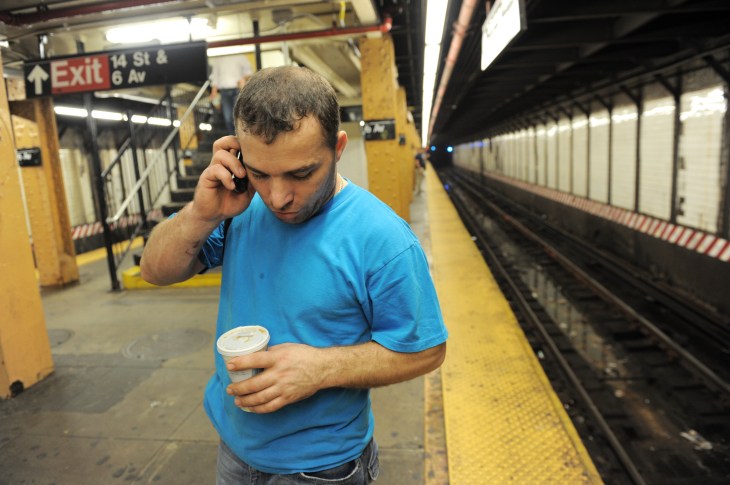› Forums › IoTStack › News (IoTStack) › Engineering against all odds, or how NYC’s subway will get wireless in the tunnels
Tagged: ConnectivityTech_S8
- This topic has 0 replies, 1 voice, and was last updated 6 years ago by
Curator 1 for Blogs.
-
AuthorPosts
-
-
February 17, 2018 at 11:44 am #21806
Never ask a wireless engineer working on the NYC subway system “What can go wrong?” Flooding, ice, brake dust, and power outages relentlessly attack the network components. Rats — many, many rats — can eat power and fiber optic cables and bring down the whole system. Humans are no different, as their curiosity or malice strikes a blow against wireless hardware (literally and metaphorically). Serverless software deployment to the cloud, this is not.
New York City officially got wireless service in every underground subway station a little more than a year ago, and I was curious what work went into the buildout of this system as well as how it will expand in the future.There is in fact a startup working on the problem, Transit Wireless. The company was formed in 2005 to respond to a request for proposals from the MTA and filled with veteran telecom executives. The authority rewarded the contract to Transit Wireless, which now holds a 27-year license to operate cellular service in the subway system.
William Bayne, the CEO of the company, explained that an important component of the contract was that the company couldn’t rely on taxpayer funding. “Our license requires us to design, build, own, operate, and finance the network,” he said. Transit Wireless raised its own equity capital to cover the costs of deploying the system, and generates revenues as the service provider over the life of the license. In fact, MTA receives a stream of revenue from Transit Wireless as well.
The company faced a number of challenges in building out the system. The first challenge was that the installation could not disrupt transit customers. Bayne said, “We had to figure out how to deploy network and equipment while minimizing disruption of the transit system itself.” That meant working overnight when labor costs are higher, and also placed the company at the mercy of the MTA’s maintenance windows to install network equipment.
Even more challenging was securing the right equipment. The NYC subway “is a 110-year-old system with low ceilings and lots of water, and it wasn’t designed to embrace a lot of electronics,” Bayne said. Wireless equipment “had to withstand all of these changes in environmental conditions: cold, heat, water, brake dust. Everything had to be passively cooled and fully-enclosed so it didn’t ingest any of the environment into the equipment.” That specialized, “mil-spec” equipment doesn’t come cheap.
As with the story of any infrastructure, particularly in New York, rolling out wireless connectivity to 282 active underground stations was anything but cheap. The final cost of the rollout was north of $300 million for Transit Wireless, a dramatic increase from early estimates which said that the project would cost “up to $200 million.” As a private entity spending private dollars, the company obviously had enormous incentives to hold down costs.
Perhaps more importantly for riders and the MTA itself, the timeline of the project ended up dragging. The first six stations in the system began offering wireless services in September 2011, about six years after the original contract signing. In the MTA’s announcement, the remainder of the rollout was expected to happen “within four years,” but another six years would actually pass before all remaining underground stations got service around New Year’s Day 2017. In all, it took about twelve years from contract signing to project completion.
While the costs and time required to build out the network were significant, Transit Wireless believes that the infrastructure it has built will stand the test of time. It designed the system to be “future-proof” by installing a fiber optic backbone with significantly more capacity than needed to handle whatever new technology might come, such as 5G wireless services. It also built a series of five data centers that act as data infrastructure hubs for the subway system, potentially lowering the cost of offering new services in the future.
The company, whose network spans much of New York City, hopes to be a core provider of smart city services in the future
-
-
AuthorPosts
- You must be logged in to reply to this topic.

